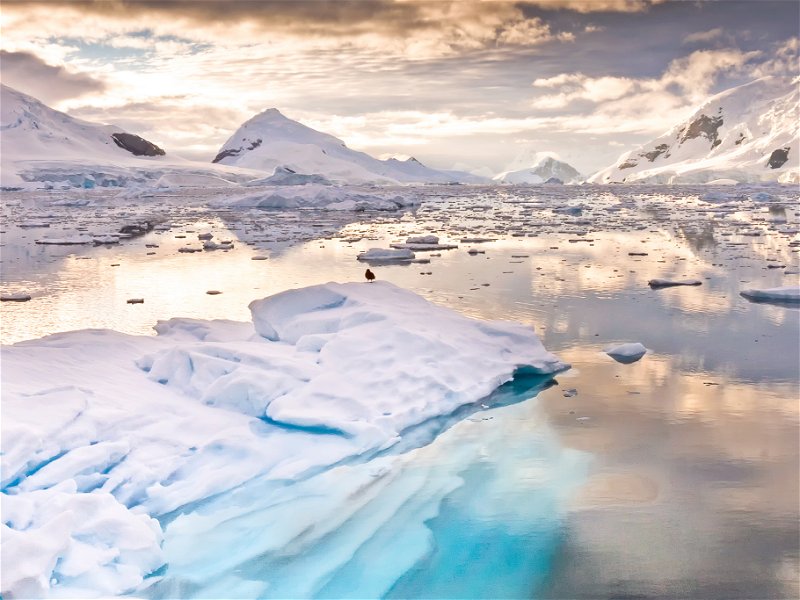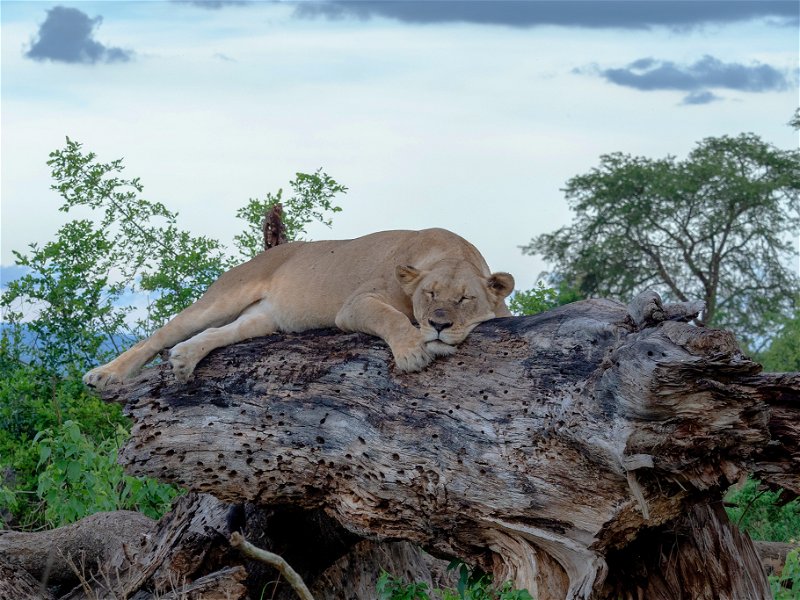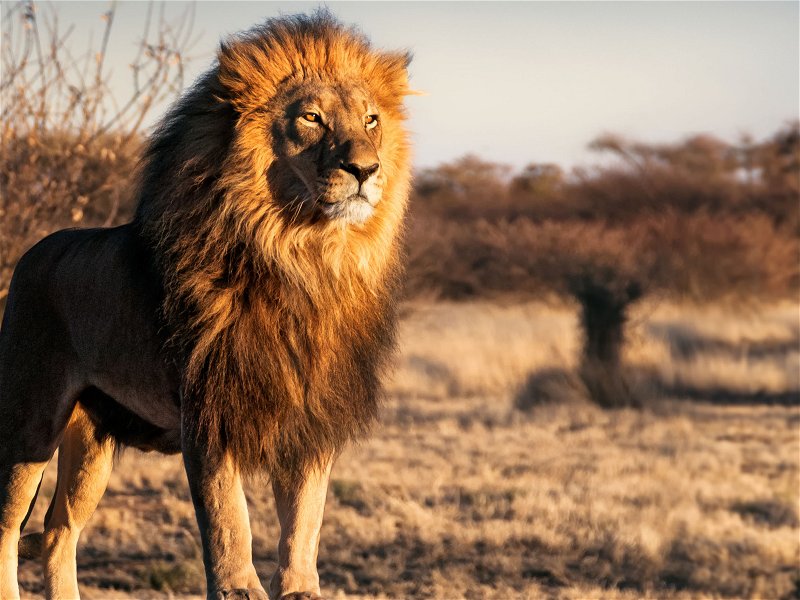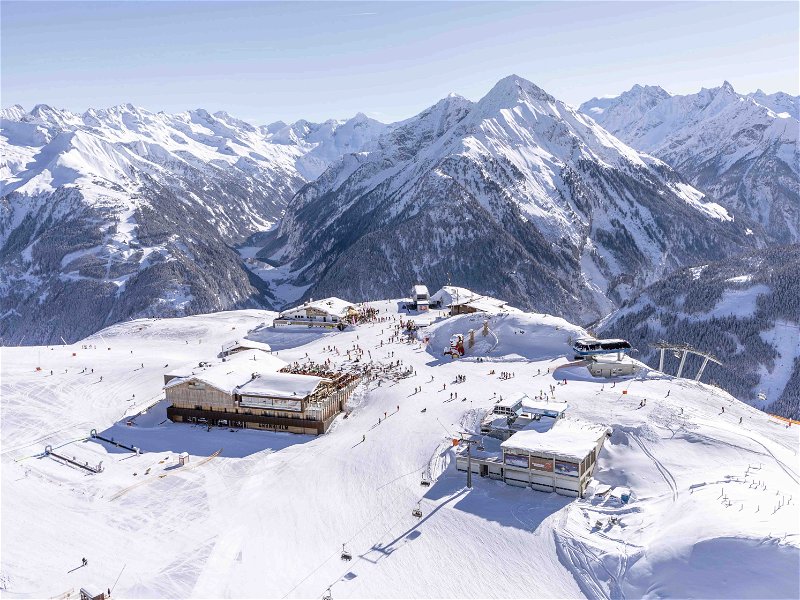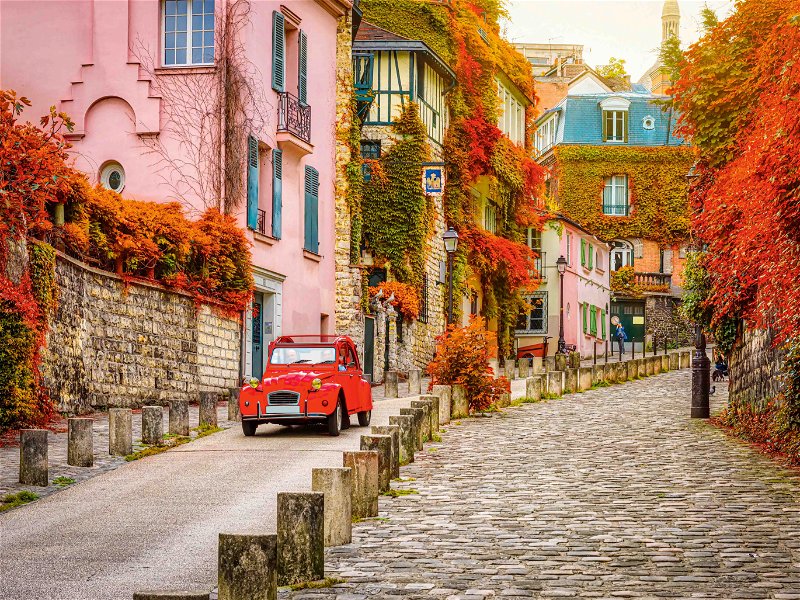Calling all Polar explorers: The best nature & wildlife adventures in Antarctica
Exploring a paradise of ocean and ice: these are the top nature and wildlife activities available for the Antarctica adventurer.
The majestic remoteness of Antarctica has called out to adventurers and travellers in pursuit of the sublime for centuries – ever since it was first explored in the early 1800s. Never inhabited by humans, the seventh continent is the province of penguin colonies and humpback whales, a pristine paradise of ocean and ice. If you’re looking for the ultimate adventure in the wild, Antarctica always delivers. From submarining in the Southern Ocean to polar landings along the Antarctic Peninsula, read on for the top nature and wildlife activities in Antarctica.
Sea kayaking in the southern ocean
Kayaking is among the most serene activities in Antarctica – and the best way to feel like an extra in a David Attenborough documentary. When I kayaked around Damoy Point, I spotted a colony of Gentoo penguins diving off the rocks and congregating noisily along the shoreline. Equally astounding were the sights and sounds of the penguins diving in and out of the water beside my kayak, their motions resembling Alaskan salmon or bottlenose dolphins. But the most striking element of the experience was the pristine silence, which rendered the intimacy with the animals even more sacred, resulting in an unforgettable experience.
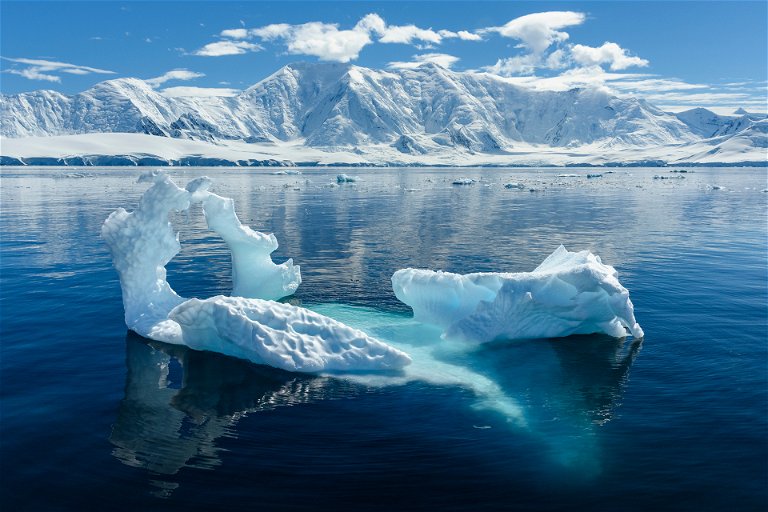
Polar Landings on the seventh continent
If you want to walk in the footsteps of Roald Amundsen or Richard Byrd, and touch down on the seventh continent, it’s important to choose your expedition wisely. So, select a cruise that offers continental landings – large vessels containing more than 500 passengers aren’t permitted to disembark – as well as one that is environmentally responsible and follows the rules of the International Association of Antarctica Tour Operators (IAATO). “If you’re considering a trip to Antarctica, you shouldn’t go unless you’re on an IAATO ship,” says Viking Polaris expedition leader Berna Urtubey.
Once on land, you will feel your mortal insignificance, dwarfed by the towering mountain ranges staggering above vast fields of snow. You’ll also have the once-in-a-lifetime opportunity to observe animals in the wild who haven’t been conditioned to fear people. And while there isn’t a huge diversity of wildlife in Antarctica, the native species are mesmerisingly unique. On my first zodiac landing at Sir Drake Island, I watched Weddel and Crabeater seals lounge on the snowdrift, impervious to human spectators. On a later landing a Cuverville Island, Chinstrap penguins congregated just beyond the rocky shore, a welcome committee for zodiac boats. Just be prepared for early call times to depart: “If the penguins are awake at 5:30 in the morning, then we are too,” says Viking Cruises’ Fernando Colado.

Submarining in the deep
We may not all live on a yellow submarine, but on the Polaris and Octantis expedition ships, you can spend a tantalising part of a morning or afternoon on one. And you can truly help Antarctic science by keeping your eyes open while you’re down there – guests on a past submarine excursion encountered an extremely rare species of giant phantom jellyfish. And you’re on the right ship for scientific breakthroughs: “Real science happens on board,” adds Berna Urtubey of Viking’s team of researchers. “It’s a revolutionary funding model.” Assisting polar conservation while living out your dreams as an Antarctic explorer – what more could you want from a holiday?
Birding on the Drake Passage
On an Antarctic cruise, the journey truly is part of the holiday – and the formidable Drake Passage is an adventure all its own. The best way to enjoy the voyage between South America and Antarctica? Birding, of course. (And since the sun never sets during an Antarctic summer – when all cruises operate – you have 24 hours a day to do so). Pack your binoculars for sightings of Tube-nosed sea birds and Albatross. Viking partners with The Cornell Lab of Ornithology, and ornithologists are on-hand to identify species and provide information about Antarctica’s avian residents. Of course, the birding doesn’t end when you reach the seventh continent – you’ll soon discover that the end of the world is just the beginning.

Sightseeing on a zodiac cruise
Downsize from an expedition yacht to a smaller seafaring vessel for a more intimate exploration of the Southern Ocean. Antarctica is nicknamed ‘The Ice’, and the infinite intricacies and variety of each iceberg are breathtaking to behold – and a zodiac cruise or special operations boat is the perfect activity for appreciating the dramatic landscape. Cruise around the stunning ice formations surrounding the Antarctic islands, and be prepared for airborne particles – ice storms in Antarctica occasionally fly sideways, and you’ll want ski goggles to protect your face. Just ensure your gear is expedition-approved. Biosecurity was a top priority on my Viking Cruise, and all outerwear was inspected pre-departure and hosed down upon return. In Antarctica, it’s especially important to leave no trace.
Whale watching in Antarctic waters
Antarctica is known as a haven for marine animals, and whale watching is among the best in the world. Expect to spot Humpbacks truly everywhere – often, you’ll see a mother and calf frolicking just beyond the deck while seated at breakfast, or catch a diving pod outside your window before closing your blackout curtains in the evening to shut out Antarctica's endless summer sunshine. Amateur wildlife photographers should rejoice, as guests’ photos of whale tails are shared with onboard Viking scientists to further assist with research. Other species found in the Southern Ocean include Minke, Fin, Southern Right whales, and Orcas. Consider yourself particularly lucky if you spot the latter, as Orcas are such fast swimmers that it’s easy to miss them as they race alongside the boat, disappearing into that endless horizon.



